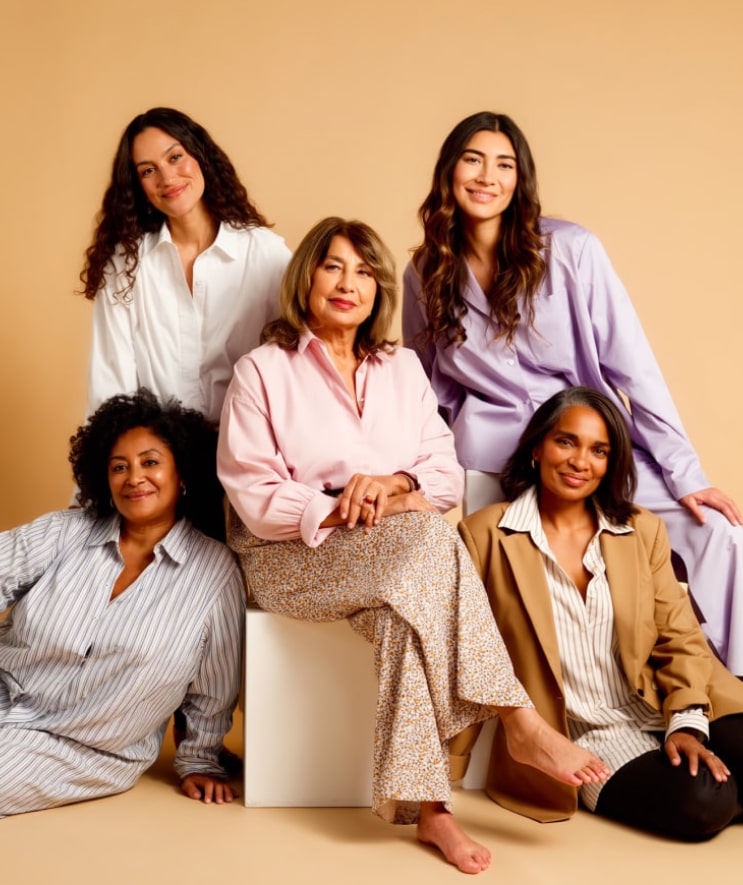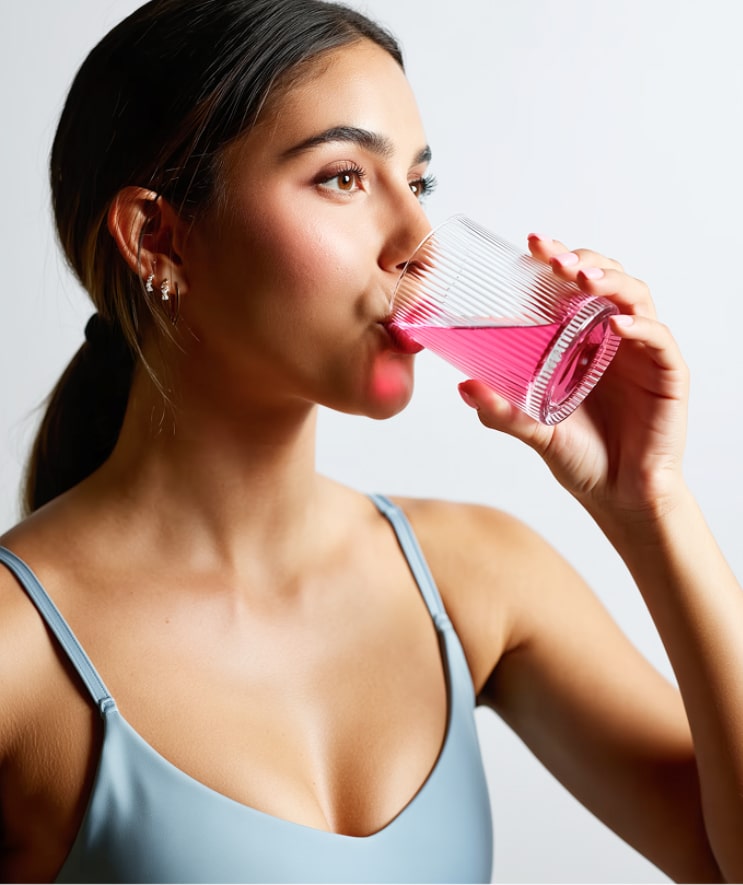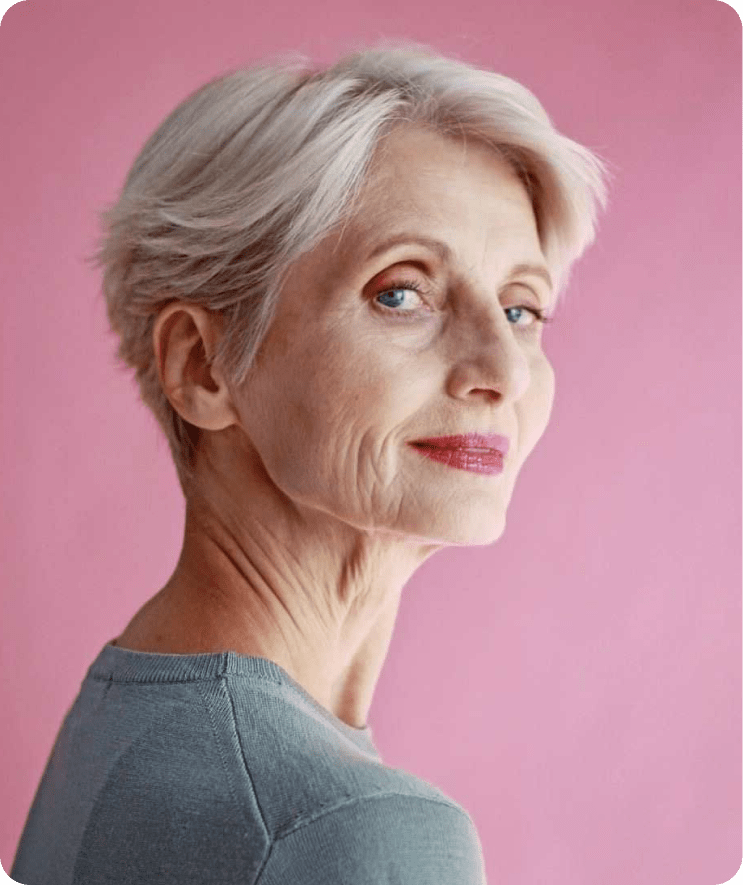Consumers have re-evaluated their lifestyles, resulting in a more minimalist mentality. This recent trend is just one example of how the skincare industry attempts to meet consumer demands, yet one direction has been mistreated thoroughly.
According to the UN, there were 703 million persons aged 65 years or over in the world in 2019. The number of older persons is projected to double to 1.5 billion in 2050. Globally, the share of the population aged 65 years or over increased from 6 percent in 1990 to 9 percent in 2019. What follows should be taken into consideration by beauty leaders as they incorporate innovations into their business models and rethink the focus areas for innovation within their brands. Still, few beauty brands have successfully included the latest technologies in their offerings.
Older audiences are of incredible value
By prioritizing health and wellness, aging consumers focus primarily on more simple ways to feel good about themselves – from what they eat to sleep and the products they use for their skin.
The response coming from the cosmetics and beauty industry does not offer enough alternatives. Despite many emerging Indie brands focusing on well-aging, their offering does not differ much from the heritage brands. Consumers’ perception of beauty is changing with aging, and brands should consider alternatives to traditional beauty products, as ingestible cosmetics.
For many beauty giants, age does not feel beautiful nor sexy or profitable enough to invest in. This is marginalizing older audiences who are incredibly valuable. Older women want to be engaged in beauty and be represented in a defined category that answers their needs. Still, most of the time, they feel ultimately ignored.
Beauty is for all
Inclusivity is being discussed more than ever, from race to gender identity and sexual orientation. The advertising industry has often been accused of inequality. This is very well seen in the beauty industry ads, where the elderly population inclusion rates have always been meager.
Part of the problem also lies in the fact that people of age acknowledge that daily use of cosmetics is lower on their plan than before. Their perception of beauty and beauty products has shifted from numerous skincare and make-up products to something that makes them feel beautiful and youthful from the inside out. They crave something completely different from what the beauty industry has to offer.
Unfortunately, the industry that targets them is wellness and health instead of beauty. But the product design and execution reflect only what is the most apparent – age, joints, and health issues. These consumers want to engage with beauty and have strong aspirations, but they are not met with the same positivity from the beauty industry. This leaves consumers frustrated. Believing that beauty focuses on fighting rather than embracing beauty, beauty advertising is irrelevant to their needs, and beauty brands are obsessed with youth.
Consumers live a lot longer, and retirement does not happen until well into the 60s. And after retiring, consumers do not slow down; they reclaim their lives!
Beauty is a metaphor. Beauty is subjective. If a perfume doesn’t work for you, you’ll treat yourself with something else, something you enjoy and that makes you feel good. The dilemma lies in the beauty product offering.
Offer your audience what they deserve
Society gives many good-looking advantages as appearance counts heavily in human affairs. These also extend to old age. People who look young for their age are likely to be more optimistic, more outgoing, and more social. Due to a combination of many factors, those who look older than their stated age have a higher possibility of dying earlier and are not as healthy physiologically.
Nutricosmetics products address much of the above by offering beauty from within that simultaneously tackles consumers’ beauty and health problems. Eating “cosmetics” can provide multiple benefits as they work from the inside out. Furthermore, ingredients used in the ingestible beauty products also offer the connection between cosmetics and the nutricosmetics industry. As both sectors are well aware of the benefits and application of the individual ingredients, this situation provides an exquisite way to introduce eatable cosmetics into the current beauty product assortment.
TOSLA provides the leading brands with flexible, full-stack nutricosmetics product development and production service revolving around our liquid collagen formulations. Evolving from a food-tech company initially, we help blur the food and cosmetics industry lines. We assist companies in developing product assortment by helping them structure a new skincare routine for the end consumer.
Aging consumers are craving more support, education, and relevant products. Unfortunately, aging concerns (e.g., menopause) have been heavily stigmatized. It is fair to say that beauty brands should lead the way, fight against stigmatization, and be a source of education and deliver nutricosmetics products that are relevant to them and their changing needs.
The elderly audience cannot be ignored any longer by the beauty industry as they are a significant and worthy target. For beauty brands to cater to them, it is essential to understand them and offer them an alternative to topical products.





